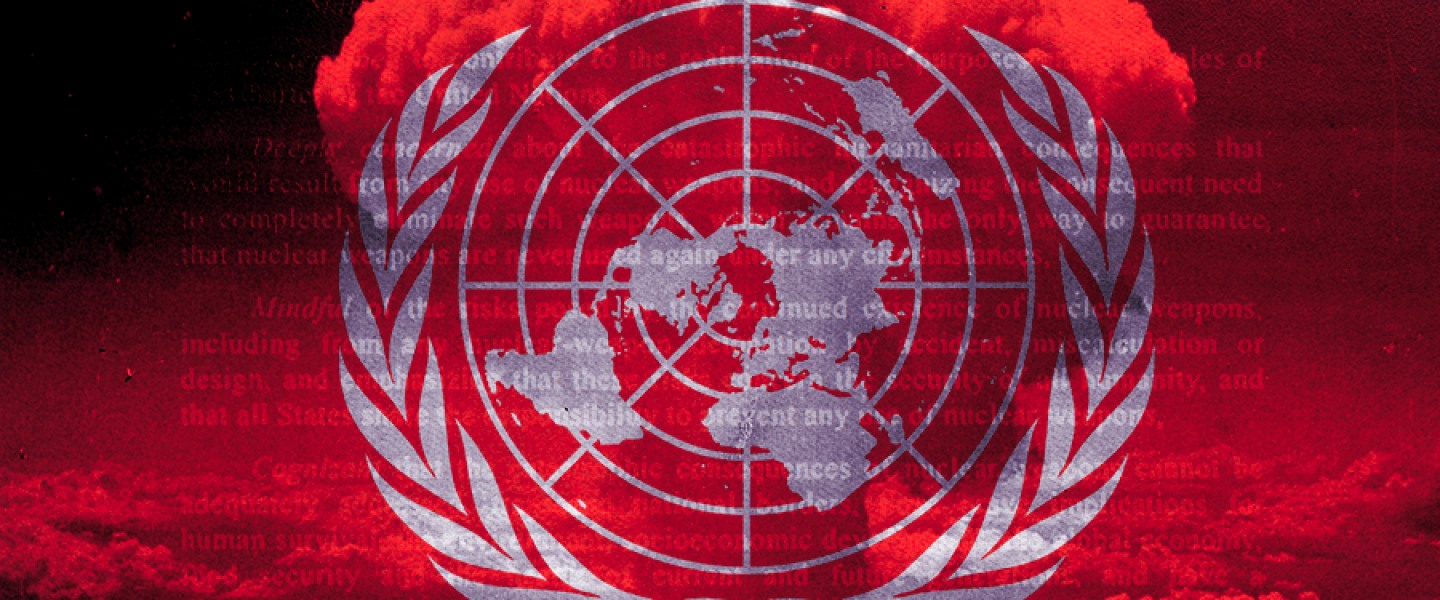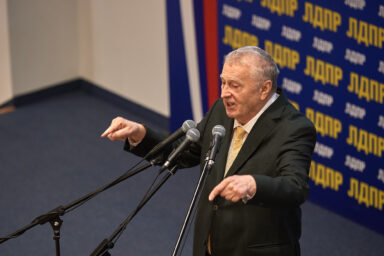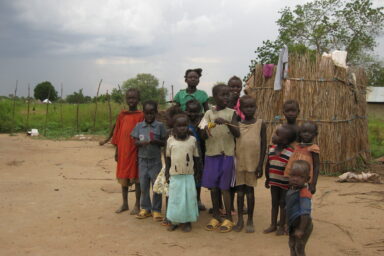The number of the world’s nuclear weapons is increasing while the transparency of which country owns how many is on the decline, the Stockholm International Peace Research Institute (SIPRI) announced today.
|
Listen To This Story
|
The number of the world’s nuclear weapons is increasing while the transparency of which country owns how many is on the decline, the Stockholm International Peace Research Institute (SIPRI) announced today.
While the number of warheads in the hands of the US and Russia, which together own 90 percent of all nuclear weapons, has remained steady, most of the other nuclear-armed countries increased their stockpiles in the past year, according to the research of SIPRI, an independent international institute dedicated to research into conflict, armaments, arms control and disarmament.
Even worse, it is becoming more difficult to ascertain which country has which capabilities as more of them are choosing opacity over transparency.
And that not only includes rogue countries like North Korea, or Israel, which has traditionally been tight-lipped about its nuclear capabilities, but also the US and Russia. SIPRI said the “transparency regarding nuclear forces declined in both countries in the wake of Russia’s invasion of Ukraine in February 2022.”
In addition, while the United Kingdom is one of the few countries not believed to have increased its stockpile in the past year, that number is expected to grow in the future. Furthermore, the British government said it would no longer publicly disclose information on the number of nuclear warheads, deployed warheads, and deployed missiles it owns.
In 2022, China’s nuclear arsenal increased by the most – from 350 warheads to 410.
“China has started a significant expansion of its nuclear arsenal,” said Hans Kristensen, associate senior fellow with SIPRI’s Weapons of Mass Destruction Programme and director of the Nuclear Information Project at the Federation of American Scientists (FAS). “It is increasingly difficult to square this trend with China’s declared aim of having only the minimum nuclear forces needed to maintain its national security.”
SIPRI believes that China’s stockpile will keep growing and, by the end of this decade, could have as many intercontinental ballistic missiles (ICBMs) as the US and China.
Equally troubling is that countries in more volatile situations are also growing their arsenals.
North Korea is believed to have grown its stockpile by 20 percent last year and now owns 30 nuclear weapons.
Meanwhile, traditional adversaries India and Pakistan each added a handful of warheads.
And, of course, Russia, which has thousands of nuclear weapons, is involved in a shooting war right now following its invasion of Ukraine.
Therefore, it is not surprising that SIPRI believes the world is “drifting into one of the most dangerous periods in human history,” as its director Dan Smith said in a statement.
“It is imperative that the world’s governments find ways to cooperate in order to calm geopolitical tensions, slow arms races and deal with the worsening consequences of environmental breakdown and rising world hunger,” he added.




